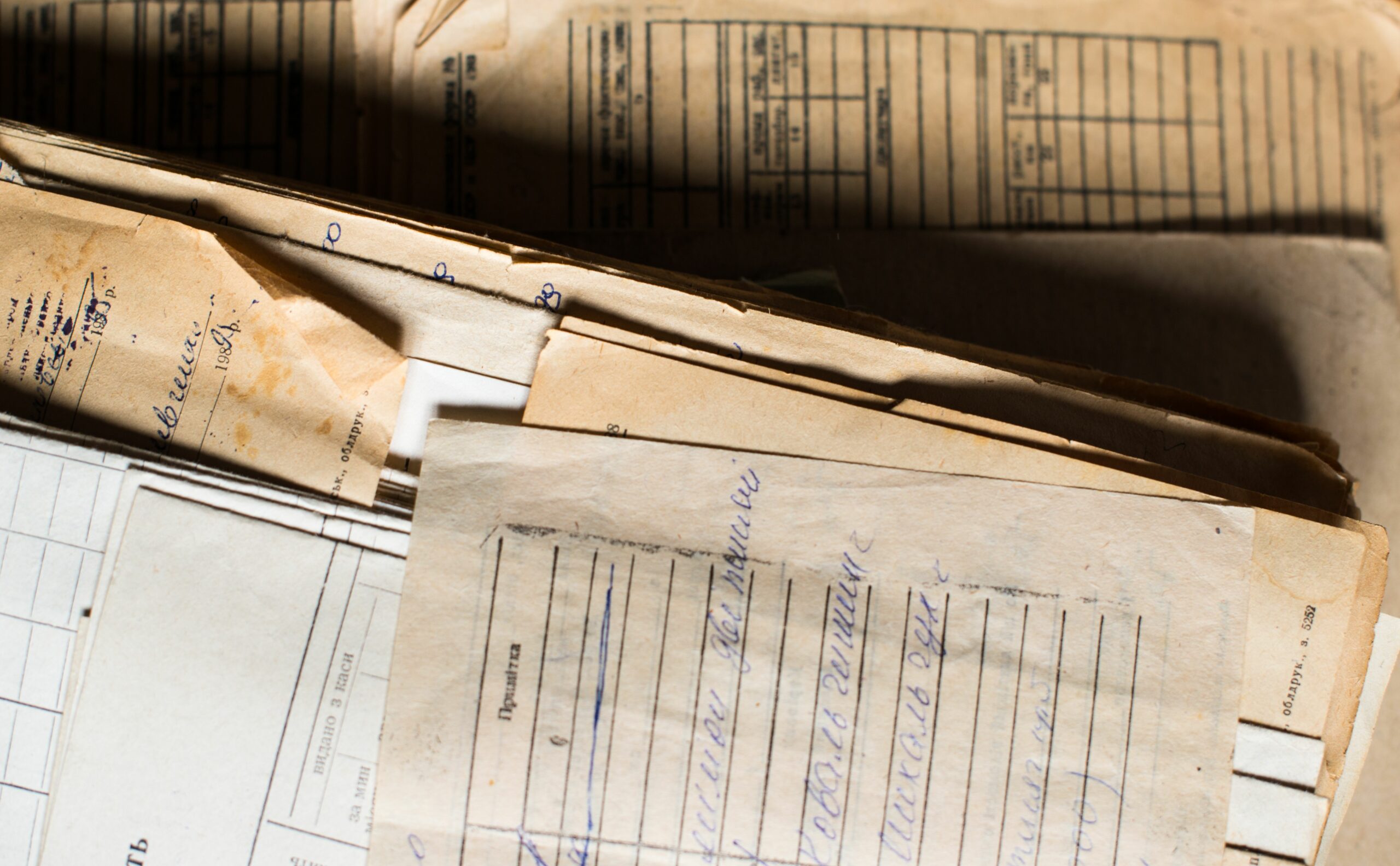Of all America’s great heritage buildings, some may argue there is an inbuilt bias that ensures some aspects of history and architecture are given higher priority than others.
When it comes to anything with a race element involved, that is in itself a historical legacy. But the fact is the nation has a wealth of African-American churches, many of which have an important story to tell.
Unfortunately, many of these buildings have been neglected and are in need of a program of restoration and preservation. Fortunately, the National Trust’s African American Cultural Heritage Action Fund has stepped into the breach, with $4 million going towards the repair and preservation of churches.
As Décor reports, 31 important church buildings will be preserved with money from the fund. A prime example is St. Paul African Methodist Episcopal Church in Lexington, Kentucky, which was part of the Underground Railroad when, between 1810 and 1850, around 100,000 African Americans took their final steps to freedom.
Despite this rich history, the building had been allowed to decline, with the upper part of the building now so damaged it will take around $500,000 to fix.
Other churches being repaired include the wooden Taveau Church in Kentucky, which was built in 1835 and was a place of refuge through the Jim Crow and Civil Rights eras before it was closed in 1974, plus the Union Bethel AME Church in Montana, and Shiloh Baptist Church in Cleveland, the oldest black Baptist church in the city.
Damage to buildings has included problems caused by water and one instance of a church in Alabama that had its lead-coated copper dome roof badly affected by a tornado last year.
Not all of these buildings have been missed off heritage registers. Shiloh Baptist Church, for instance, was added to the National Register of Historic Places in 1982. Nonetheless, the program may help identify more churches worthy of inclusion on heritage lists, something digital heritage services could help to catalog.
Such listings can also be used to log the state of buildings, when they have been repaired, what things might need urgent attention and which areas need watching carefully as action could be required in the future.
Growing awareness of the historic importance of buildings that may have slipped under the radar may extend to other areas of life in due course, representing a wide array of communities in the US and enabling an appreciation of the nation’s diverse population.
This is certainly the aim of the National Trust for Historic Preservation, which has made it a stated mission to “fill in the gaps of our cultural heritage” and help to “tell a fuller American story”.
As this expands, it may be more buildings and monuments that gain little attention now and have been allowed to decline get added to ever-growing databases, perhaps ones based on new categories to recognize the people and cultures they represent.
The more such expansion takes place, the more sense it makes for digitization to help accommodate the increased volume of data and ensure every important story is told.



